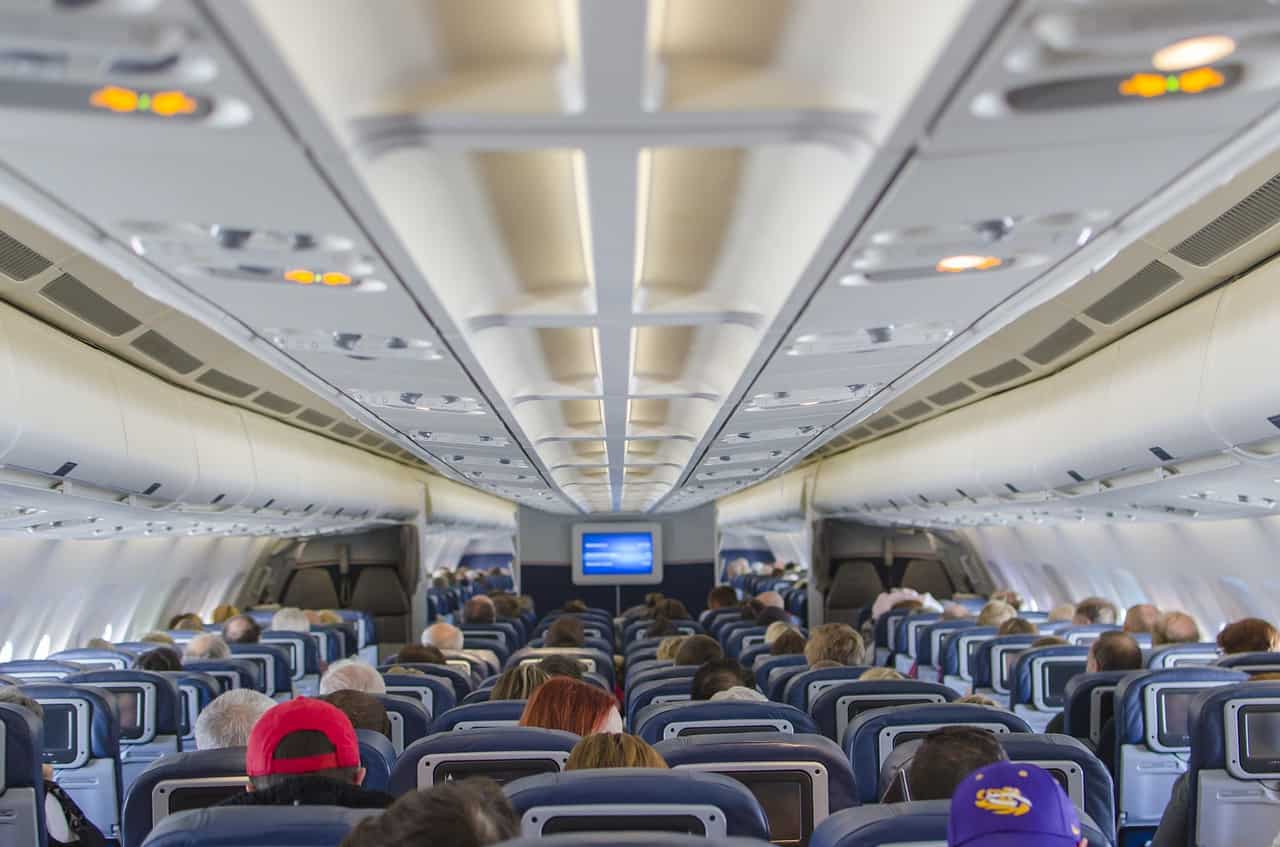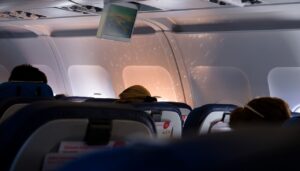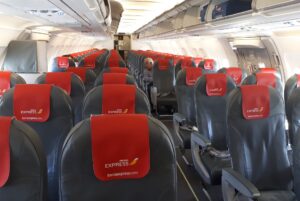For many passengers and even the crew, encountering turbulence during the flight can be a major hassle, and the feeling of turbulence is the part they fear the most. The plane hits a bumpy place in the sky, like driving a car on a bumpy road. Although the structure of the aircraft can withstand turbulence, the aircraft is not the most comfortable cabin when the external air begins to hit violently.
It is impossible to avoid bumpy feeling when the plane hits. If you often find yourself troubled by turbulence, you will be glad to know that there is a simple way to enjoy a smoother flight. Luckily, you can choose a seat that minimizes this disturbing feeling at the height of 35,000 feet. If you follow some simple rules when asking about your seat, you seem to be able to improve the effects of turbulence and get a good sleep on the plane. Booking your tickets in advance and discussing your concerns with flight staff can help you enjoy a cozy seat and a relatively carefree flight.
Where to Sit on a Plane to Beat Turbulence
In general, sitting in the middle of an airplane or facing the front of an airplane means that you are less affected by turbulence, especially the seat near the wings. The wing of the plane allows it to fly smoothly, while the tail of the plane can swing more. Airplanes are much like seesaws, and the farther away you are from the middle, the more likely you are to go through a lot of movement. The movement in the center of the cabin is smaller because you are closer to the center of gravity. Under the action of lift, gravity, thrust, wind, resistance and torque, the aircraft is closer to the center of gravity, which means you will be in a good position to fly smoothly.
Although turbulence is a feeling of discomfort, it is not dangerous. To reduce the intensity of turbulence, choosing the right seat can greatly help you feel more comfortable, both physically and psychologically. This usually means a location between lines 10th and 30th, but please confirm with your airline because they vary from aircraft to aircraft.
Why Turbulence Occurs
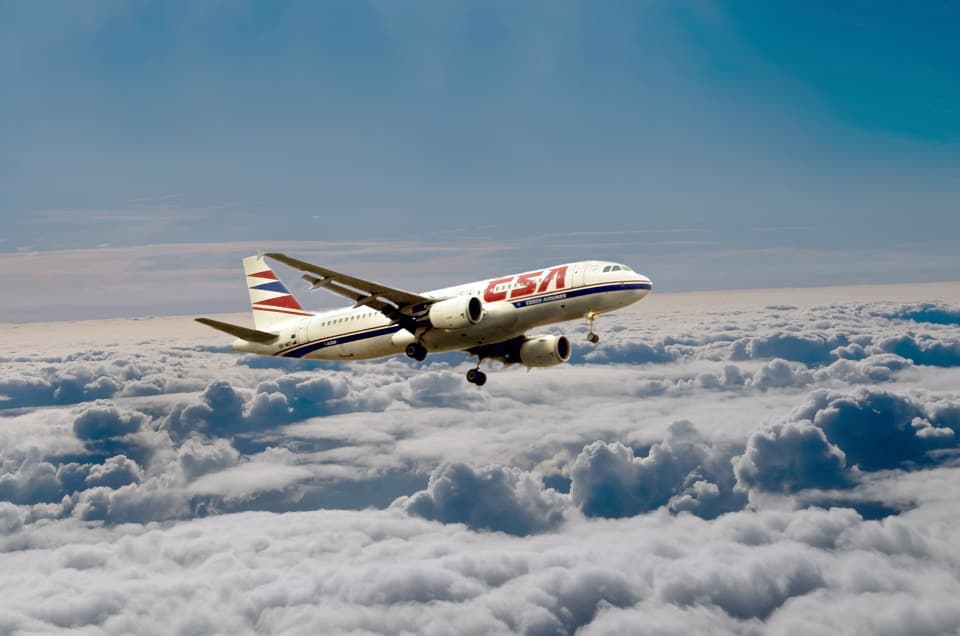
Turbulence is mainly caused by disturbances in the airflow, and turbulence occurs when rapidly changing air movements hit the aircraft. This usually happens when aircraft fly over mountains and large buildings, where the air flow is uneven. Weather such as wind speed, clouds, thunder and rain can affect the flight experience. At takeoff and landing, turbulence is normally the most severe because airflow is less stable at lower altitudes. Plus, the size of the plane may also cause some turbulence.
To put it simply, the bumps in flight are mainly related to the following aspects.
1. Weather
When the plane passes through strong winds, clouds, storms, thunderstorms and other weather or other unstable air masses such as cold and warm fronts, the air surrounding mountains, atmospheric pressure, jet streams, etc. This is why turbulence is more common on flights in the summer afternoon than in the morning.
However, clear air turbulence is another matter. Clear air turbulence is the most dangerous type because it occurs in cloudless, well-visible skies and therefore cannot be detected by weather radar. This gives the crew little time to remind the passengers to return to their seats and fasten their seat belts. There is no doubt that most of the damage associated with turbulence is caused by clear air turbulence.
As a result of global warming, the number of extreme clear air turbulence affecting flights is likely to more than double by the middle of the century, according to scientists. But no matter how severe the turbulence is, the actual safety of the plane has hardly been called into question. Pilots will carefully study the weather patterns, plan ahead and choose the best route before each flight to avoid turbulence.
2. Height
Any height may cause stability or turbulence. Some turbulence is greatly predictable, while others are less predictable, but the best way is to stay away from most clouds. Most civil aviation aircraft fly in the troposphere. The air convection at this height is complicated and changeable, so it is challenging to avoid turbulence.
Therefore, it is useful to characterize turbulence as inside or outside the cloud. Given the turbulence within and outside the cloud, on average, flights between 8,000 and 12,000 feet will allow for the smoothest flight, which minimizes your exposure to moderate or larger turbulence.
However, when some aircraft cruise in the edge of the troposphere, the weather situation is much more stable, such as military aircraft and some business aircraft.
3. Large airplane VS Small airplane
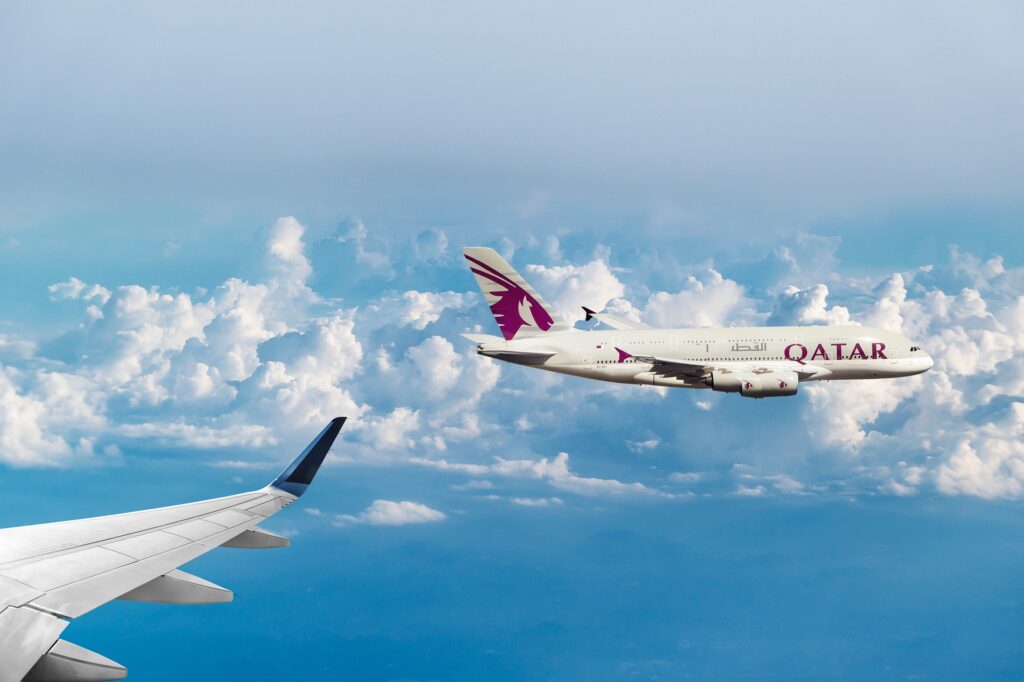
Aircraft perception of turbulence severity depends not only on the intensity of air turbulence, but also on the size of the aircraft. It is inevitable that some turbulence will occur due to the disturbance of the aircraft on the route. Generally speaking, moderate turbulence on the large airplane may cause severe turbulence on a small airplane.
For the vast majority of flyers, “large aircraft” generally refers to two-aisle aircraft, carrying more than 200 passengers. The common type is the Boeing 767 (maximum takeoff weight is between 140-200 tons), Airbus 330 (maximum takeoff weight between 230 and 240 tons). On the other hand, “small aircraft” refers to single-aisle aircraft with a passenger capacity of about 150 to 180. Common aircraft of this type are Boeing 737 (maximum takeoff weight between 60 and 75 tons) and Airbus 320 (maximum takeoff weight between 68 and 93 tons).
The turbulence caused by the airflow is relatively small for heavy planes, which means that heavier planes are still relatively stable! However, some new aircraft are built with special materials and have excellent stability. For example, aircraft made of new composite materials have better anti-interference than those made by alloys. At the same time, the new aircraft will also use various equipment to offset turbulence caused by unstable airflows, such as different aerodynamic shapes and new wing designs to reduce or even offset turbulence.
Also, when the wing passes through the air, it will cause wake turbulence, which may affect the planes flying to each other. This is why planes avoid taking the same flight route when taking off and landing.
If you don’t wear a seat belt, turbulence is dangerous. Usually, turbulence can hurt passengers who do not fasten their seat belts, and extremely strong turbulence may even throw passengers out of their seats without warning. Typically, the Pilot can detect when there will be turbulence and inform the crew and passengers to sit down and buckle their seat belts. Therefore, no matter where you sit on the plane, even in a relatively stable position in the middle, when the pilot tells you to fasten your seat belt, you should listen to what he or she says right away. You don’t have to worry too much. Pilots and air traffic controllers do a lot of work to avoid turbulence.
Besides, holding your child on your lap is the most susceptible to turbulence-related injuries, as intense movement may cause your child to fly off your arms. The National Transportation Safety Board has long demanded that babies must be seated in car seats approved by the airlines.
